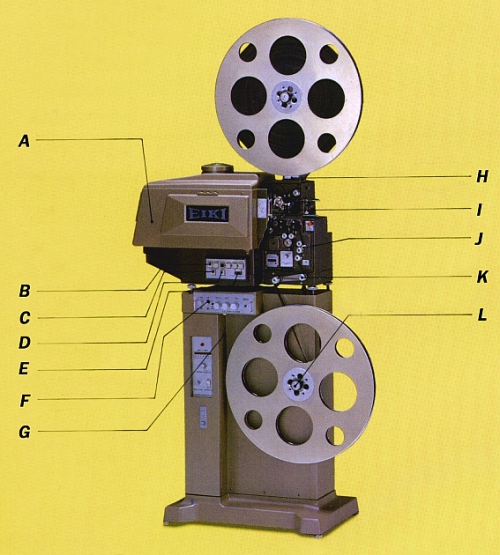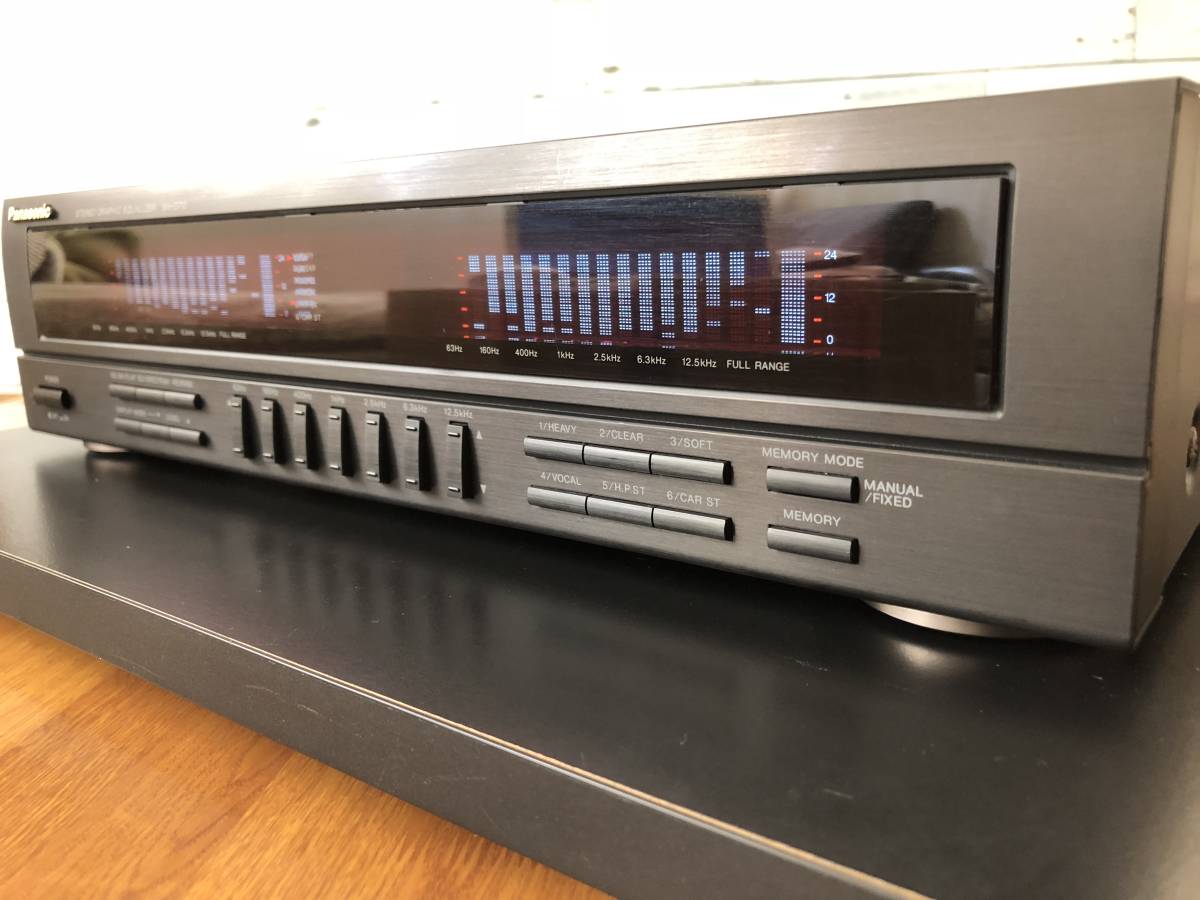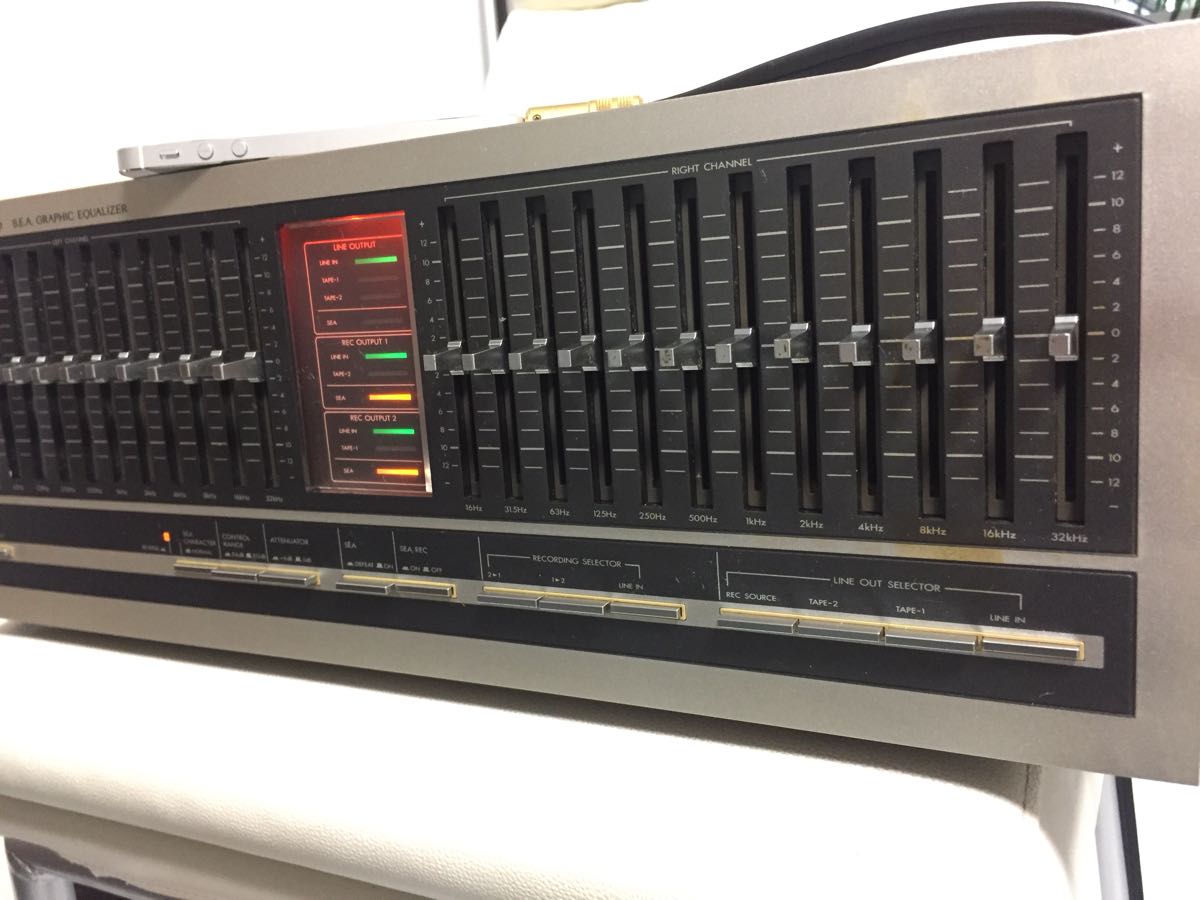Voltage and frequency are different in Japan. What is the shape of plug sockets for 100V and 200v? What voltage is Japans electrical current? Although 200V has been implemented for some appliances, basically the voltage in Japan is 100V. Appliances brought from overseas might not be used at the voltage in Japan.

Note that the plug sockets for 100V and 200V are different in shapes. The electric frequency is different on either side of the Fujigawa River in Shizuoka Prefecture and Itoigawa City in Niigata Prefecture, with 50Hz in the east and 60Hz in the west. The 3-phase supply voltages are established at 200V at 50Hz ( Japan East) and 200V or 210V at 60Hz ( Japan West). The 3-phase voltage (L-L-L) of 200V will have a single phase voltage (L-N) of 115V and the 3-phase voltage of 210V will have a single phase voltage of 121V.
If you can recall from your science classes on electricity:Having too high a voltage (overvoltage) can result in permanent damage to electrical devices due to overheating (probably blowing a fuse). Undervoltage, on the other han usually means the appliances cannot function, but can be damaging for appliances that employ the use of motors (like a fridge). In Japan, the voltage for electric mains is 1V.

While this number is pretty unique in the worl many countries in North America, Centra. See full list on tokyofromtheinside. Interestingly, in Japan , utility frequencies (or cycles) are split between Hz and Hz. For most devices, the difference in frequency does not really affect functionality.
Devices that are affected are mainly those that have motors or in-built clocks (e.g. a coffee machine). The former will see motors spinning at different rates, while the latter will lead to inaccuracie. They are also known as the Type A and Type B systems respectively (see image below).

Type A sockets tend to be more common in Japan and Type A plugs can fit Type B sockets too (usually not vice versa in the case of wall sockets). While the system in Japan is largely similar to North and Central America, ther. Most home appliances are designed only for 100V.
For factory uses: 3-phase 3-wire, 200V. Recently 200V current has become available in some parts of Japan , and sales of 200V dish washing machines, electric cookers and heating and cooling equipment have been increasing. Mains electricity by country includes a list of countries and territories, with the plugs, voltages and frequencies they commonly use for providing electrical power to low voltage appliances, equipment, and lighting typically found in homes and offices. Information and chart on voltages and frequencies (hertz) listed by country.

I was given the same explanation you put out, that Japan with the 200v system was the reason. That voltage was listed in their catalog as an option for a number of machines. You can use your electric appliances in Japan , if the standard voltage in your country is in between 1- 1V (as is in the US, Canada and most South American countries). Manufacturers take small deviations (plus or minus ) into account.
That means, if your Euro appliance is polarized to make contact with neutral less dangerous, surprise! Neutral is now dangerous! You can use both the single phase 100v equipments and single phase 200v equipments in the house furnished with the.
This is different from the United States, which uses 1volts. V is split phase power. Stick that on the motor by the dataplate. Japanese plugs have two flat prongs like many of the.
The standard in most northern European countries is 2volts, while in most of Africa and Asia it is 2or 2volts. Probably owing to the precedent set by Thomas Edison, the inventor of the light bulb, the voltage standard in North America is 1volts. Japan is the only country in the world with 100-volt electricity. The United States and Canada use a supply voltage of 1volts ±. Great Prices on Adapter Japan ese Plug.
Plenty of Adapter Japan ese Plug to Choose From.
No comments:
Post a Comment
Note: Only a member of this blog may post a comment.